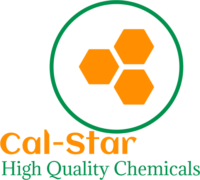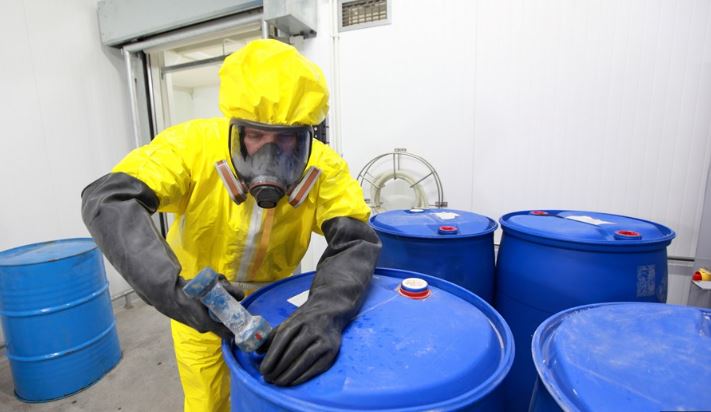Handling chemicals safely requires thorough training to understand the hazards and the best practices for mitigating risks. Without proper training, employees may unknowingly expose themselves and others to dangerous substances, leading to accidents, injuries, or even fatalities. Ensuring comprehensive training programs equips individuals with the knowledge to handle chemicals responsibly and respond appropriately to emergencies.

Training and Certification for Safe Chemical Handling
Certification Programs
Certification programs for chemical handling provide a structured curriculum that covers various aspects of chemical safety. These programs typically include modules on hazard communication, proper use of personal protective equipment (PPE), storage guidelines, emergency response procedures, and regulatory compliance. Certifications, such as the OSHA Hazard Communication Standard (HCS) or the Globally Harmonized System (GHS) training, validate that individuals have met the necessary standards and are competent in handling chemicals safely.
Benefits of Certification
Obtaining certification in chemical handling offers several benefits. Certified individuals are better prepared to identify and manage chemical hazards, reducing the risk of workplace accidents. Certification also demonstrates a commitment to safety, enhancing an organization’s reputation and potentially lowering insurance premiums. Furthermore, certified employees contribute to a safer work environment, fostering a culture of safety and compliance within the organization.
Hands-On Training
Effective chemical handling training includes both theoretical knowledge and practical, hands-on experience. Practical training sessions might involve simulations of chemical spills, proper use of safety equipment, and correct procedures for mixing and disposing of chemicals. These exercises help reinforce learning and ensure that individuals can apply their knowledge in real-world scenarios.
Ongoing Education and Refresher Courses
Chemical safety training is not a one-time event; it requires continuous education to keep up with new regulations, emerging hazards, and advancements in safety practices. Regular refresher courses ensure that employees remain updated on the latest safety protocols and reinforce critical skills. Employers should schedule periodic training sessions and encourage employees to participate in additional courses relevant to their specific roles and responsibilities.
Regulatory Compliance
Adhering to regulatory requirements is a fundamental aspect of chemical handling training. Organizations must comply with regulations set forth by agencies such as OSHA, EPA, and other local authorities. Training programs often include detailed information on these regulations to ensure that employees understand their legal obligations and can help the organization maintain compliance. Non-compliance can result in severe penalties, legal action, and harm to employees and the environment.
Conclusion
Training and certification for safe chemical handling are vital for ensuring the safety of employees and the environment. Comprehensive training programs and certification validate individuals’ competencies in managing chemical hazards, while hands-on practice and ongoing education reinforce critical skills. Adhering to regulatory compliance further emphasizes the importance of proper chemical handling. By investing in robust training and certification programs, organizations can foster a culture of safety and minimize the risks associated with chemical use.




